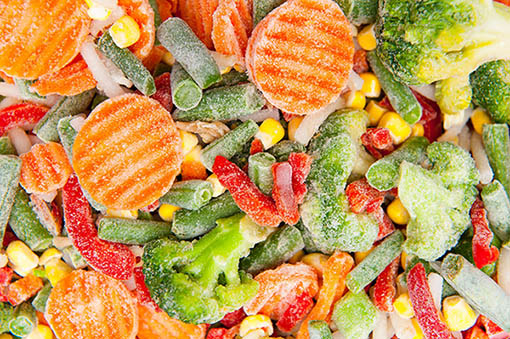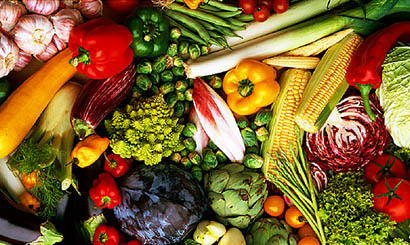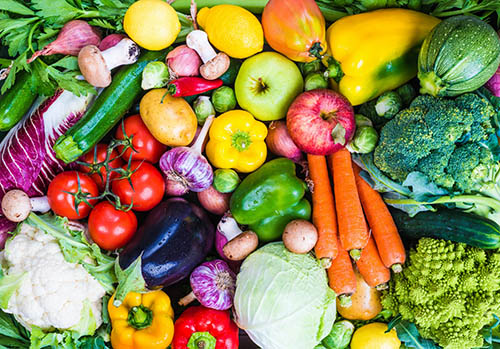Mushroom diseases, bacterial and physiological properties of onion vegetables
Gray mold / onion neck rot – it is the most dangerous disease causing the greatest losses during the storage of onions, leek and garlic. Symptoms of the disease are the softening of the onion neck. In the longitudinal section, dark gray infested fleshy scales are visible. In the further development of the disease, gray mycelium grows on the surface of the scales. Black sclerotia appear under the first scale (1,5 mm). The infestation of onions begins in the field, a fungus develops on the lower part of the dying leaves, then it moves to the onion neck. Typical symptoms appear after approx 10-12 weeks of vegetable storage. Optimum temp. for fungus development it is 20ºC, but also thrives well at 3-4 ° C. Growth is inhibited at 0ºC.
The degree of infection is influenced by the degree of maturity of the onion during harvesting and the proper drying of the onion after harvesting from the field. The faster the neck dries, the lower the risk of electrocution.
As a preventive measure, the temperature should be kept from 0 do 1 ºC throughout the storage period and relative air humidity 65%-75%.
White onion rot
The disease attacks the bulbs already in the field, and then during storage. Symptoms appear from the heel, i.e.. rotting and a white wadded coating with tiny black sclerotia. The higher the storage temperature, the faster the disease develops. As a preventive measure, growing onions should be avoided, garlic, leek and chives on soils infected with fungus and do not store vegetables from infected plantations for a long time.
Fusarium onion rot
The symptoms are similar to white onion rot, i.e.: paralysis starts at the heel and is associated with a higher temperature. The heel is covered with white bloom, but with a pink tinge and unlike rot, there is no black sclerotia.
Bacterial onion rot.
The paralysis takes place in the field, mass rot begins in the vault. In the initial period, the symptoms are visible on the cross section of an onion. Underneath healthy fleshy scales, there is one infested scale, similar to brewed and covered with a tarnish with an unpleasant odor. After approx 2-3 months of storage may be infected with whole onion. The cause of the disease may be: sunburn, mechanical damage. Storage in warm and humid rooms accelerates the development of the disease.
Vitreous fleshy scales.
Symptoms occur when stored on 2 the 3 fleshy husk. The scales become glassy and translucent and then the entire onion becomes soft with an unpleasant odor. Growth is favored by high temperature at the end of the storage period and the extension of the period from drying to cooling. The wateriness of the onion fleshy scales
The disease may occur during storage and during vegetation and drying. Symptoms are watery and glassy scales, which may be secondarily infected with bacteria. Wateriness occurs in varieties with thick dry parchment scales, therefore there is no possible free exchange of gases and water vapor.
Formation of dry scales between the fleshy scales of the onion.
Dry husk is formed during vegetation, as a result of disturbed climatic conditions during the formation of the "head". During drought, "heads" are formed, and then, after rainfall, the re-growth of onions. Rotting occurs during storage of such bulbs, incompletely dried dry husk.





